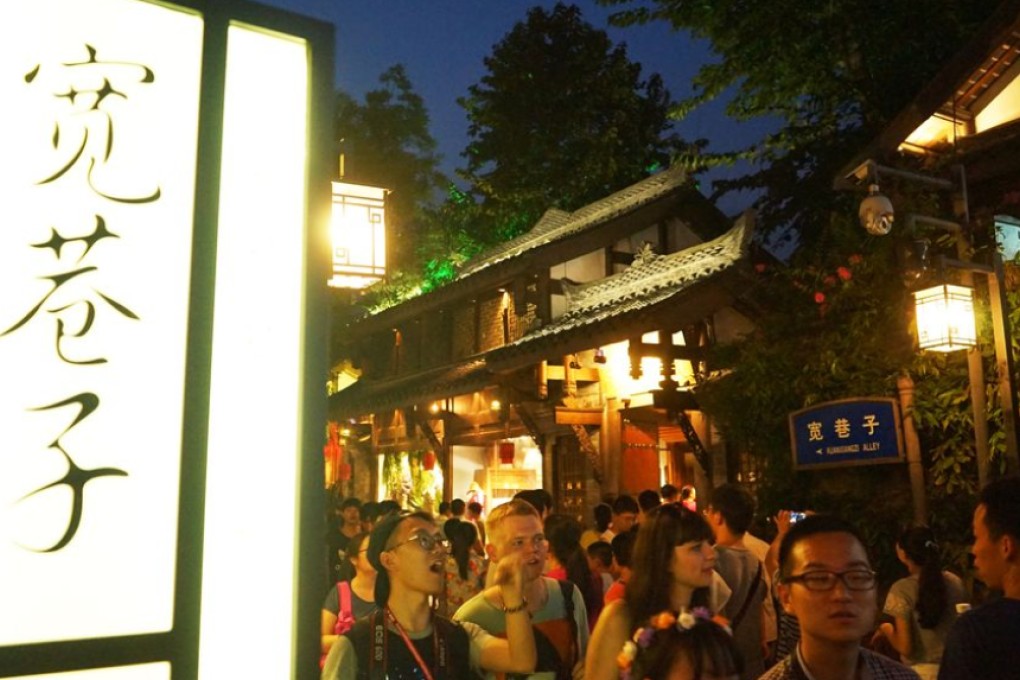Get a taste of history
Tourist area evolved from one of the city's oldest neighbourhoods. Reports by Sascha Matuszak

As Chengdu transforms to take its place beside Asia's major metropolitan areas as an economic powerhouse, it is important that the city continues to maintain its identity by pointing visitors towards its rich history and culture.
A case in point is one of Chengdu's more famous tourist destinations, Kuan Zhai Xiangzi, or "wide and narrow alley". This is one of the oldest surviving neighbourhoods in the city, but one wouldn't guess it walking down the bustling, renovated faux-Qing era streets today.
Kuan Zhai Xiangzi is always busy, with street-front food stalls vying with upscale Sichuanese restaurants and tea houses for the attention of more than 1 million visitors each year. High-end hotels and beautifully restored woodwork and stonework belie the ancient foundation upon which this district rests.
This neighbourhood was known as Shaocheng, or "little city", during the Qing dynasty. It was a closed-off neighbourhood where only Manchu soldiers and officials lived, while the city's Han population flowed out across the banks of the Funan River.
For three centuries, Manchu warriors performed drills outside of Shaocheng's walls, then rested safely inside their gated community. All that changed when the dynasty fell in 1911, ushering in revolution and change.
For the next few decades, Kuan Zhai Xiangzi's mansions were the property of the nationalist generals and officials who replaced their former masters. Once again, Shaocheng was closed off from the general populace.
